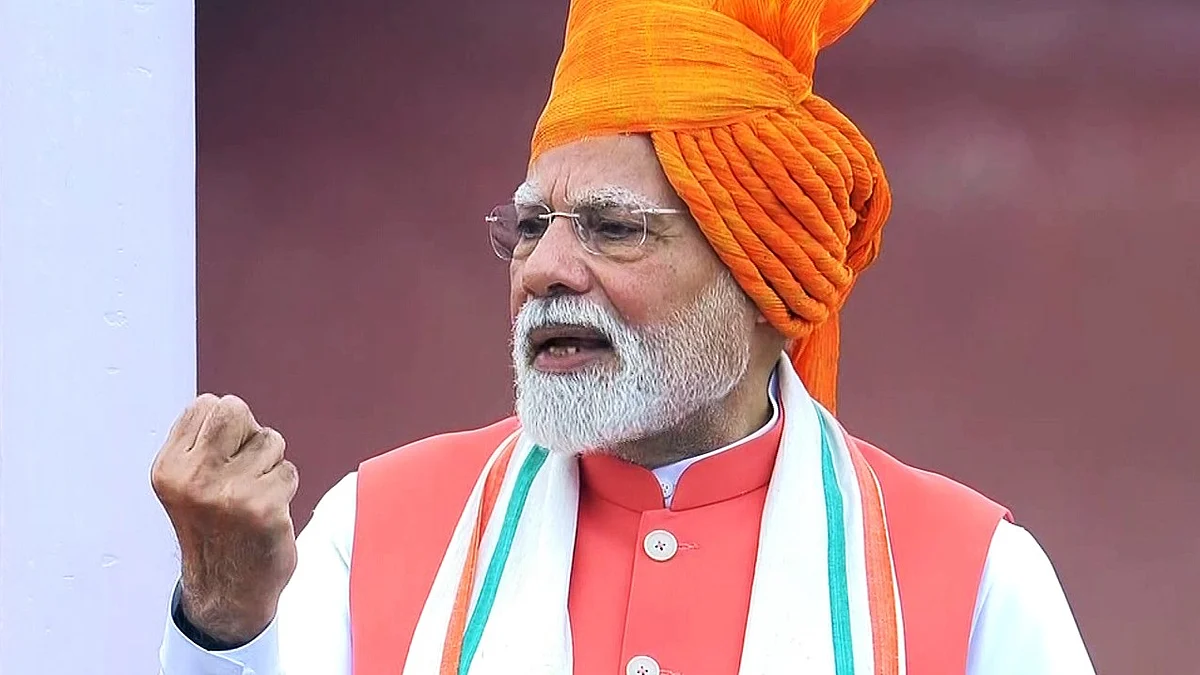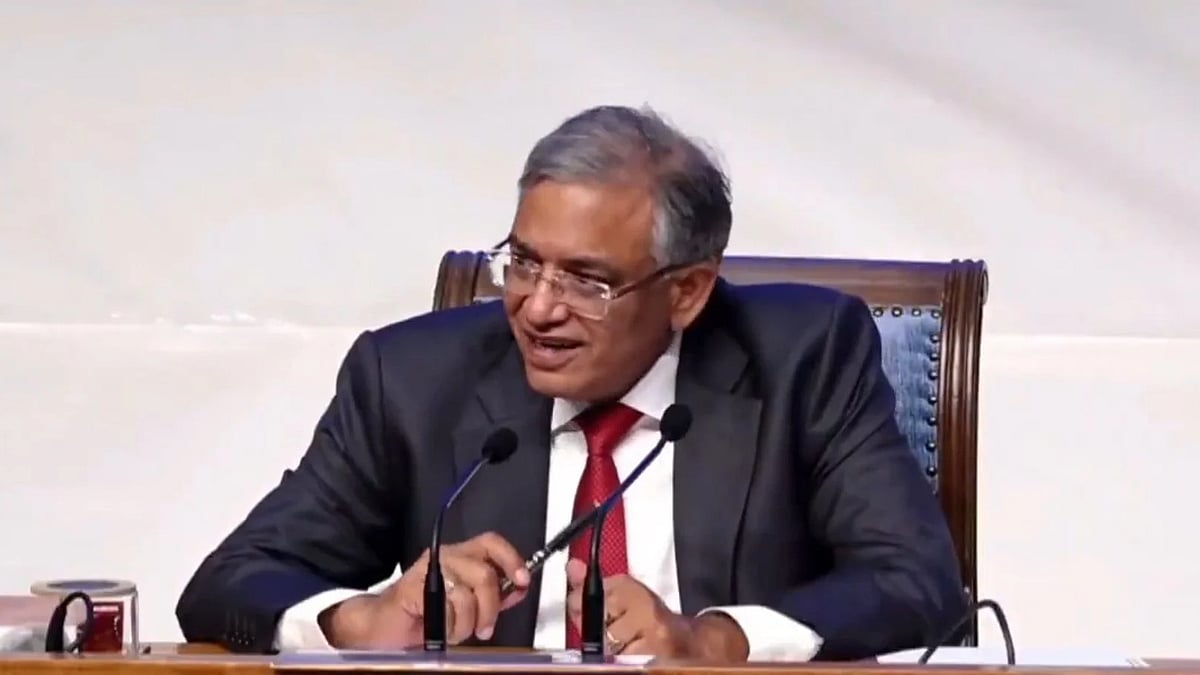With the elections coming to an end and the results to be announced in the first week of June, the economic thrust of the new government will be watched. The stock market has been probably the earliest indicators of the voting trends and have exhibited considerable volatility ever since the long voting process began. The period has been one of panic selling as moods swung with every round of voting, and one view was that the market was driven primarily by these sentiments. However, presently it may be said that the indices have reverted to the mean and the noise witnessed can be ignored for all practical purposes. So, what is in store for the country on the economic front?
The first major policy announcement would be the credit policy that will be announced on June 7. While some analysts may like to link the outcome to the election results, it can be said with confidence that the decision taken will be independent. The Monetary Policy Committee would be taking the decision and there is really no relation with the government in power. The role of the government ends in nominating the independent members on the Committee. Once decided there will be a well debated and informed decision taken by the members, which is what will be announced.
The majority of the MPC members are most likely to agree to a status quo position on both the repo rate and stance. This is so because the inflation situation still looks hazy even though the headline number has come within the range of less than 5% in the last few months. The heatwave has triggered fresh increase in prices of vegetables, especially potatoes. This will continue to pressurise food prices. The water reservoir levels are also down to 25% of full capacity compared with 32% last year. Also several FMCG companies have increased the prices of several products which will get reflected in core inflation. The MPC will track the arrival of the monsoon and its progress before taking a view on potential inflation. The big comfort factor today is that growth appears to be robust across sectors and hence will not be an inhibiting factor on taking any decision on interest rates.
The second big announcement would be in the realm of the budget, and this is something which will be awaited. While manifestoes of all leading parties have common ground when it comes to expenditures, issues relating to taxation could be something which the companies would be watching closely. This can potentially be reflected in the stock index movements as there are divergent views on issues like wealth tax and inheritance tax. Industry generally prefers the status quo situation in case there is limited space available for sops.
But from the point of view of macroeconomics, there would be some issues on the table as the Budget would have to do something to spur both consumption and savings, and not depend entirely on the monsoon to further rural demand. It has been seen that consumption has been lagging in the last three years especially for goods.
Demand for services has been maintained mainly due to the pent-up demand though it has been restricted more to the higher income groups. High inflation and limited income have been the two reasons for rather lukewarm demand even during festival time. In order to change this trend, tax cuts would be expected this time. The Interim Budget had clearly stayed away from any proposal on this front on grounds of prudence. Hence there would be expectations on this side and would be on both direct taxes which is individual taxes as well as GST.
High GST rates have also been partly responsible for higher inflation as there is a double whammy when producers increase the prices of their products. As the fiscal side looks stable there would be scope for lowering income tax slabs as well as GST rates. A relook of the GST rates can lead to some kind of rationalisation that can effectively lower tax incidence.
The other area of concern for the economy has been savings where financial savings have not been increasing. This has been due to diversion to nominal consumption resulting from higher inflation. To check this tendency, there would be expectations of the government to widen the scope of tax benefits on savings and Section 80-C in particular could come up for review. In fact, ideally the limit should be indexed with inflation to ensure that real savings can be protected.
Industry on the other hand would be expecting a further fillip on investment and while the PLI has already been instituted for large industry, the SMEs could be looking for something similar. This is also required because private sector investment has been quite disappointing and restricted more to infrastructure-related industries.
Such benefits look plausible against the RBI deciding to transfer Rs 2.1 lakh crore of its surplus to the government. Other things remaining constant, this is a little more than the Rs 1 lakh crore targeted as dividend from the banking system which also includes the PSBs. There is hence scope to speed up consumption and savings by providing some tax breaks this time.
The government may also be expected to take some affirmative action in terms of focusing on increasing exports which would mean entering into more agreements with our trading partners. This is important as the world is getting more protectionist. There is also an opportunity to take advantage of China plus 1 strategy as most developed countries are looking at other emerging market for their investment.
Hence, the agenda for the new government is quite clearly laid out where the focus has to be more on enhancing growth through the consumption-investment-exports route. This is the only way in which sustainable jobs are created, which is the need of the day. With India well placed to push the growth rate upwards to above 8%, the environment is conducive to this move.
The author is Chief Economist, Bank of Baroda and author of ‘Corporate Quirks: The Darker Side of the Sun’. Views are personal







